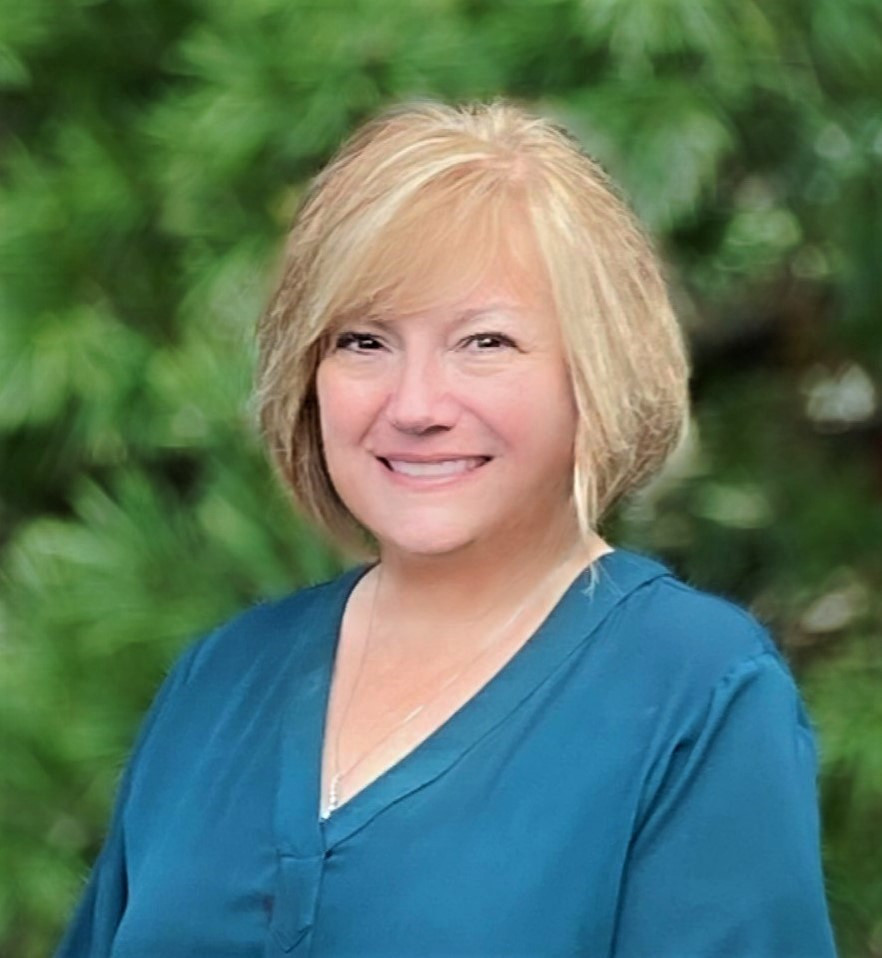Four SECURE 2.0 Provisions Plan Sponsors Are Likely to Add
As we continue to evaluate the optional provisions of the SECURE 2.0 Act, we were interested in learning more about what provisions plan sponsors are interested in adopting. Fidelity Investments® recently surveyed 2,000 clients about the optional provisions available in order to obtain insight into client interests.
The survey revealed the top-four ranked optional provisions that plan sponsors are interested in offering to participants. They include:
- the increased catch-up contribution limit for participants ages 60 to 63;
- self-certification of hardships and unforeseeable emergency distributions options;
- withdrawals for federally declared disasters; and
- eligible distributions for domestic abuse victims.
Increased Catch-Up Contribution Limit for Participants
This provision allows the maximum catch-up contribution limit for eligible participants who will attain ages 60, 61, 62, or 63 (but not age 64) during the year. The increased limit is the greater of $10,000 or 150% of the age 50 catch-up limit in effect for the year as adjusted for cost-of-living increases.
Fidelity found that 58% of plan sponsors overall are likely to adopt this provision, while 8% are not likely to adopt. Of the plans that were likely to adopt, 88% are likely to adopt when it becomes available for plan years starting in 2025.
This is a provision that RMS is in favor of adding to plans.
Self-Certification of Hardships and Unforeseeable Emergency Distributions
Employers may rely on an employee self-certification that they have experienced a hardship and that the employee has no other funds available to satisfy the hardship. In order for a plan to rely on a summary of information, the employee needs to receive a notice that requires them to preserve the physical documentation of the hardship (e.g., bills) and have them readily available at any time upon request.
Similarly, 56% of respondents overall are likely to adopt this provision, while 14% indicated they are not likely to adopt. Of the plan sponsors that have considered the provision, 80% indicated they are likely to adopt this provision to streamline plan administration and enhance the participant experience.
The IRS is expected to issue further guidance clarifying the self-certification for hardship rules. Until then, RMS recommends that employers continue to require physical proof, rather than self-certification, so that documentation is available if requested during an audit.
Withdrawals for Federally Declared Disasters
This provision allows a special distribution for individuals with a principal residence in a federally declared major disaster area who experience losses arising from the disaster. This provision is effective for distributions that occur on or after January 26, 2021 and is limited to $22,000 per disaster. The withdraw may be repaid in the 3-year period after the distribution. Income inclusion may be spread over 3 years. The withdraw is exempt from the 10% early withdrawal penalty.
Surprisingly, less than half (49%) of respondents overall indicated they are likely to adopt, and 12% said they are not likely to do so. Once again though, when looking at those plan sponsors that have considered the provision, 80% indicated they are likely to adopt, because access to the funds may be necessary for participants to move forward when federal disasters impact their homes and jobs.
This is a provision that RMS is in favor of adding to plans.
Eligible Distributions for Domestic Abuse Victims
Plans may permit withdrawal from a qualified plan for participants who are victims of physical, psychological, sexual, emotional, or economic domestic abuse within one year from the date of the abuse by a spouse or domestic partner. The withdrawal is exempt from the 10% penalty.
Overall, 42% of plan sponsor respondents indicated they are likely to adopt this provision, while 13% indicated they are not likely to do so. However, for those that have considered the option, the percentage jumps to 76% that are likely to adopt in order to “best align with organizational policies designed to remove barriers for individuals who are at risk,” the findings show.
There are some concerns from a human resource perspective. RMS is recommending plan sponsors consider all aspects before adding this provision, including the fact that if an abuser knows that this is an option they may force the participant to take a distribution. Withdrawals are not allowed for any plans that require spousal consent to receive a distribution.
Plan Size and Industry
Fidelity found that plan sponsors of smaller plans are expected to have the lowest optional-provision adoption levels which is not surprising since the level of complexity will increase with each new provision.
The full survey results can be found here.
Over the next year, RMS will be contacting all of our clients to discuss the options available under SECURE 2.0 to help them make informed decisions on what will work best for their plan.



